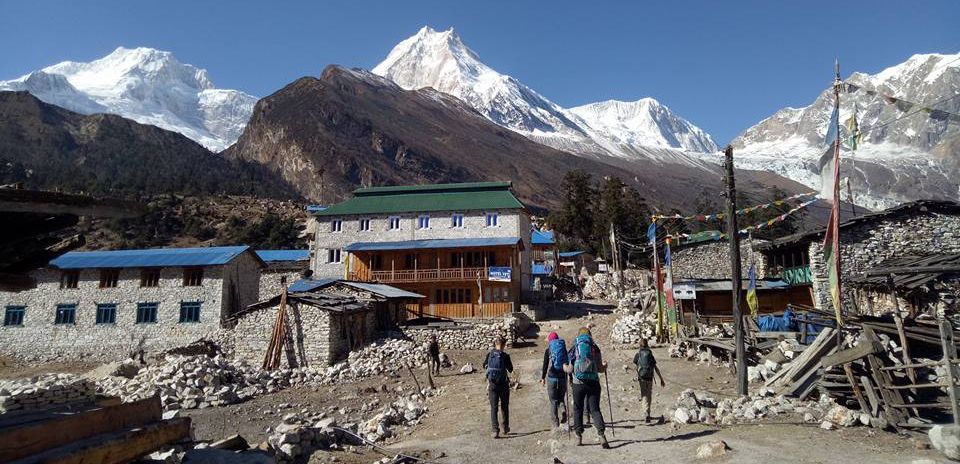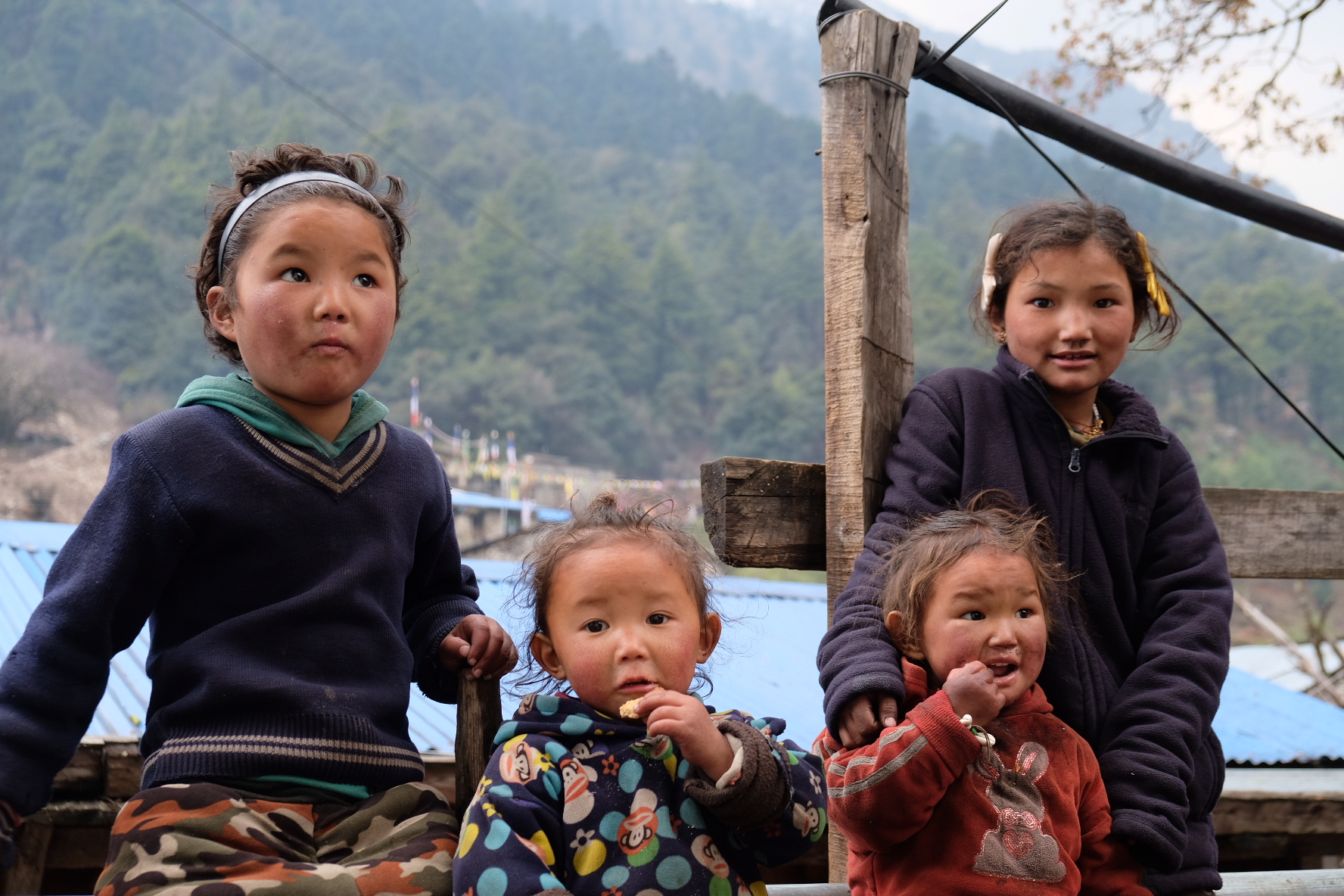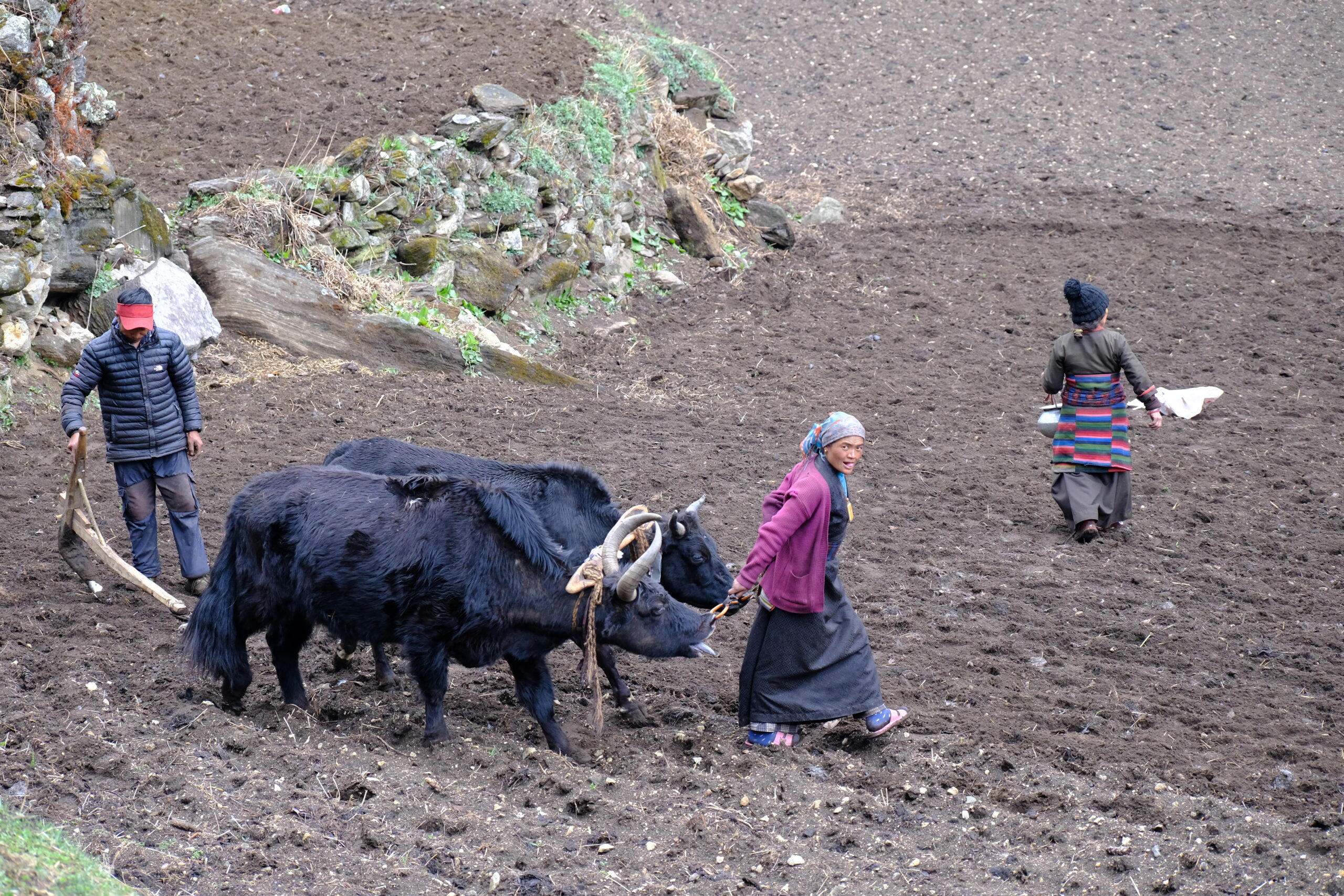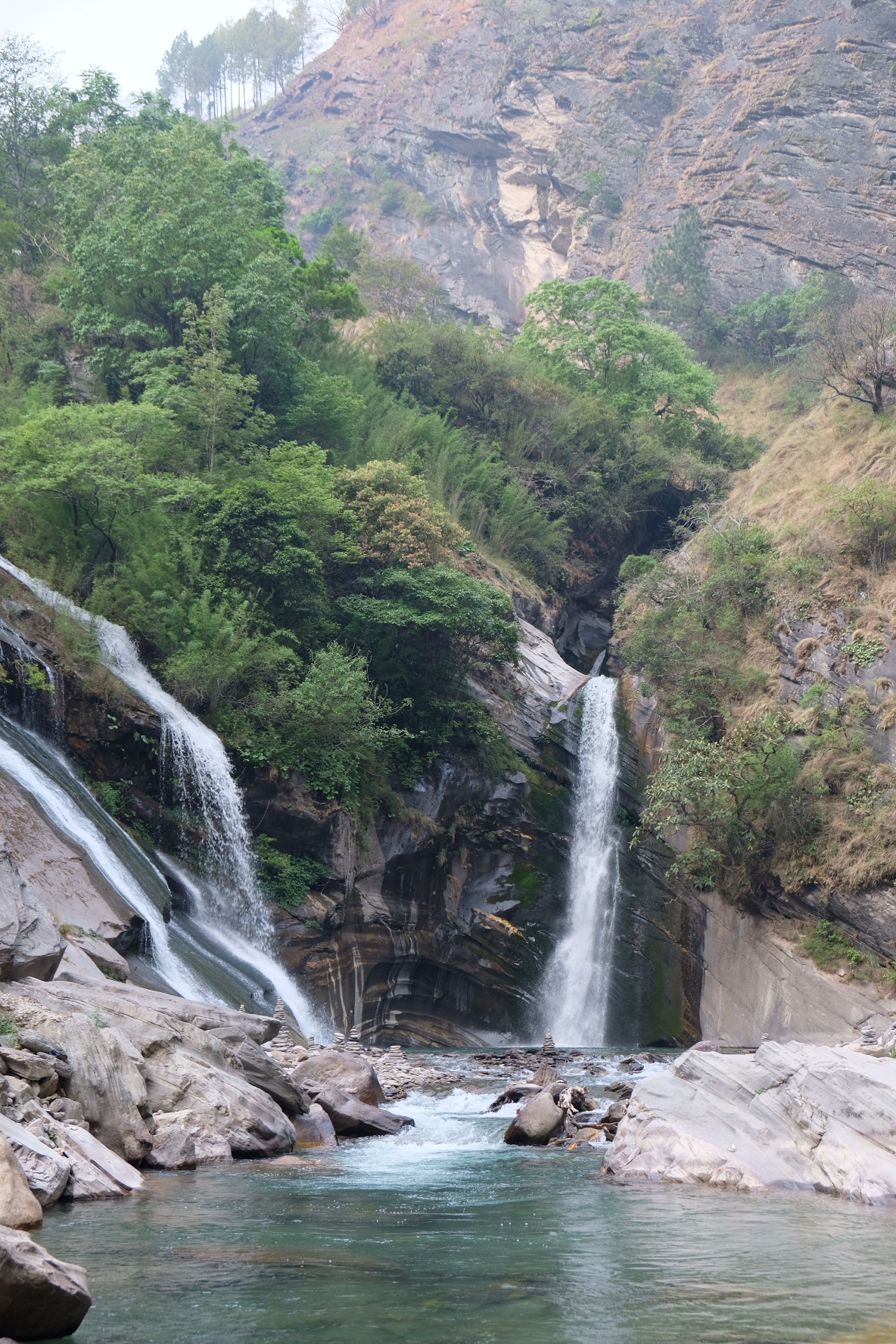Overview
Nestled in the remote Himalayan region of Nepal, the Tsum Valley and Manaslu Trek offer an unparalleled trekking experience, captivating adventurers with their pristine beauty and cultural richness. Tsum Valley, often referred to as the “Hidden Valley of Happiness,” remains a well-kept secret, cocooned between the majestic peaks of the Ganesh Himal and Sringi Himal ranges. The trail winds through ancient villages adorned with traditional Tibetan art and architecture, providing a glimpse into the unique Tsum culture and lifestyle. The trek includes the iconic Larke La Pass which adds to the challenging aspect of it.
As the trek progresses, the journey seamlessly merges with the Manaslu Circuit, circling the eighth highest peak in the world. The diversity of landscapes is astounding, featuring lush green valleys, dense forests, and high-altitude deserts. In the lowland, the forests belt consists of temperate forests, which is perfect for meditation and yoga. We can customize your itinerary to accommodate Yoga and Meditation too. You will traverse suspension bridges adorned with prayer flags, adding a spiritual dimension to the adventure. The Manaslu region’s restricted status ensures a less crowded route, allowing for an intimate connection with nature and the local communities.
Beyond the breathtaking scenery, the trek offers encounters with diverse flora and fauna, including the elusive snow leopard and red panda. The warm hospitality of the locals, coupled with their ancient monasteries and festivals, adds a cultural tapestry to the trek, making the Tsum Valley and Manaslu journey an enriching and unforgettable experience for those seeking both natural splendor and cultural immersion. Book the Manaslu & Tsum Valley Trek and find yourself ost in the hidden basin of the Himalayas.
Trip Highlights
- Witness stunning views of snow-capped peaks, including the Ganesh Himal, Sringi Himal, and Buddha Himal ranges
- Visit ancient and traditional Buddhist monasteries, including the famous Mu Gompa and Rachen Gompa
- Familiarize yourself with a form of Tibetan Buddhism of the locals here with their own distinct customs and traditions
- Get a chance to spot rare fauna such as the snow leopard, Himalayan thar, and the red panda
- Walk through off-the-beaten and a less crowded path in comparison to other trekking routes for tranquil and serene experience
- Cross high passes like the Ngula Dhoj Hyang (5093m) and the Larke Pass (5160m) for a thrilling adventure for experienced trekkers
- After the rigorous trek, soothe your muscles in the natural hot springs of Tatopani for a well-deserved relaxation
Trip Itinerary
Services
Services Included in the Package
- Trekking permits for Manaslu & Tsum Valley
- Manaslu conservation area permit
- Annapurna conservation area permit
- TIMS (Trekker's Information Management System)
- Full Board Meals and Accommodation during the trek
- Government registered and trained professional guide
- First-aid kit with oximeter
- Bus Fares
- Insurance, meals, accommodation, equipment, transportation for guide
- Agency service charge and government tax/VAT
Services Excluded in the Package
- Porters to carry your backpacks (We provide porters on request with Additional US$500 per porter)
- Personal Insurance (Medical & Evacuation)
- Personal Expenses
- All beverages, snacks, and additional expenses such as laundry, hot showers, battery charging,
- Tipping to staff
More Info
Manaslu Circuit Trekking Permit
Manaslu Circuit Trek lies in a restricted area and requires a special permit, a government-registered trekking agency, and a licensed guide to trek in this region. A minimum of two people are required to obtain the trekking permit for the area. The special permit costs $100 from September to November for the first seven days plus $15 for each additional day, and $75 from December to August for the first seven days plus $10 per additional day. The costs are per person. Trekkers are also required to have an Annapurna and Manaslu Conservation Area permit from the Nepal Tourism Board at a cost of 3000 Nepali rupees per person, including 13% VAT for each different region. For further details, please contact us.
Transportation for Manaslu Circuit Trekking
As per the package, Nepal Trekking Experts offers transportation by bus (available early in the morning only) from Kathmandu (Gongabu Bus Park) to Machhakhola (9/10 hrs) and Dharapani to Besisahar by a local Jeep (4/5 hrs), then we switch to another bus or van to Kathmandu (6/7 hrs). The bus might be congested, overcrowded (especially if you are traveling during festival time), not tidy, and stop in many villages to pick up and drop off more people en route, but it definitely takes a couple of hours longer than a private jeep to reach the final destination. However, you can take part of the experience and enjoy it as well. Otherwise, we provide private transportation on request, which costs a total of $200 to Machhakhola and $250 from Dharapani to Kathmandu.
Trek Meals and Accommodation
Consider that you are in South Asia in Nepal and going through unexplored, very remote areas to experience the country’s unspoiled splendor. Typically, the menus at each tea house in the villages are rather similar. Overall, you can choose from a variety of local dishes like Dal Bhat (rice, vegetable curry, lentil soup, pickle that can be refilled as much as you like), fried rice, dumplings (Mo Mo Tibetan meal), Thukpa, any style of potato (boiled or fried), spring rolls, or western dishes like pasta, pizza, noodles, any style of egg, porridge, muesli, chapati, Tibetan bread, etc.
The Manaslu circuit trek lodging is not as luxurious as in the Annapurna, Everest, and Langtang regions, despite the fact that the Manaslu region is a relatively isolated, lesser-known, and less-frequented trekking route in Nepal. The tea house trek can be done similarly to other well-known hiking routes. Typically, you have to share a toilet, bathroom, and each room will have two beds. You may purchase a hot shower for about 3/4 of a dollar depending on where you have been.
Telephone, Internet, and Battery Charging
Nowadays, most villages have phone service and mobile reception. NCELL and Nepal Telecom are our two major sim card providers. Nepal Telecom is recommended by NTE for better reception in the Manaslu region.
Certain villages and tea houses like Philim, Chumling, Namrung, Lho, Samagaon, Samdo, Bhimthang, and Dharapani have internet, but consider that sometimes it may not be reliable due to weather and other issues.
Despite being in a very remote trekking region, most of the tea houses have either electricity or solar power. Each tea house charges a small fee for device charging. A fully charged device costs roughly 2/3 of a dollar in rupees. Carrying a power bank may be useful during the trek in the Himalayas.
Manaslu Tsum Valley Trekking Difficulty
While the landscape is rugged, with numerous landslide areas, the trail is uneven, you may encounter difficulties for the first few days. However, you will gradually build muscle and adapt to the terrain. Because the trek begins at 930m Machhakhola, you will gain elevation gradually, which will aid in acclimatization. Almost two weeks of walking six to seven hours per day on uneven trails and crossing 5060 meters will not be easy for anyone. This is why we recommend trekking, hiking, jogging, gym, cardio, and other physical activities before visiting Nepal. But don’t be discouraged; this isn’t expedition, and the Manaslu circuit requires no special training or prior experience. We have successfully organized people ranging in age from 8 to 75. This trek is suitable for both beginners and family groups too.
FAQs
Tsum Valley lies to the northwest of Kathmandu. It lies in the Gorkha District and is a famous alternative to the Manaslu Larke Pass trek.










